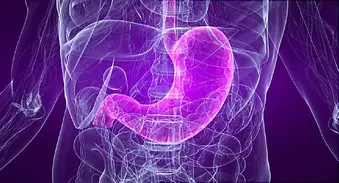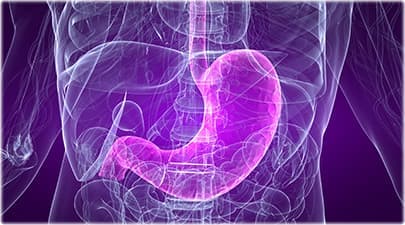Surprising Facts About Your Stomach


Question 1/9
How long does it take food to reach your stomach?
- Less than 1 second
- About 2 to 3 seconds
- About 30 seconds
- About 5 minutes
Question 2/9
Digestion happens mostly in the stomach.
- True
- False
Question 3/9
What’s the best way to shrink the size of your stomach?
- Planks
- Sit-ups
- Crunches
- None of the above
Question 4/9
The most common cause of food poisoning in the U.S. is:
- Norovirus
- E. coli
- Salmonella
- Listeria
Question 5/9
Foods that contain insoluble fiber (which does not dissolve in water) cause less gas and bloating than those with soluble fiber (which does dissolve in water).
- True
- False
Question 6/9
Drinking coffee can cause a bowel movement.
- True
- False
Question 7/9
If you have acid reflux, which of the following can improve symptoms?
- Losing weight
- Raising the head of your bed
- Eating four to five meals a day
- All of the above
Question 8/9
Which of these digests the fastest?
- Protein
- Fat
- Carbohydrates
- A meal including all of the above
Question 9/9
Which of these has not been shown to cause stomach ulcers?
- The bacteria Helicobacter pylori
- Carbonated beverages
- Aspirin
- Ibuprofen
